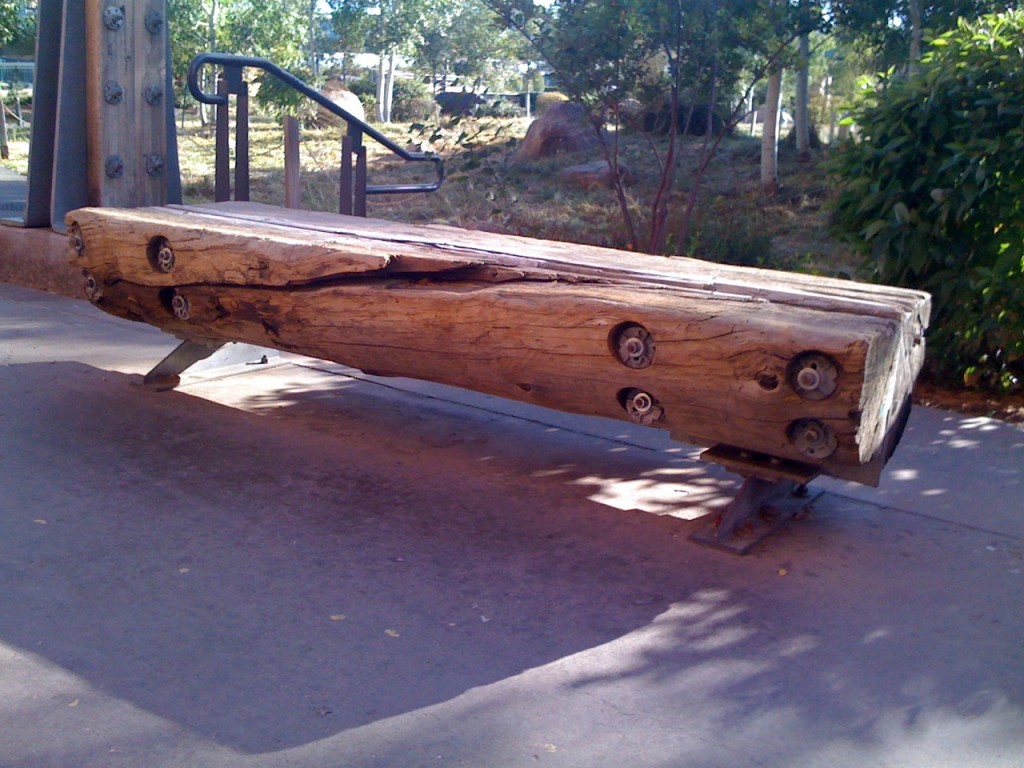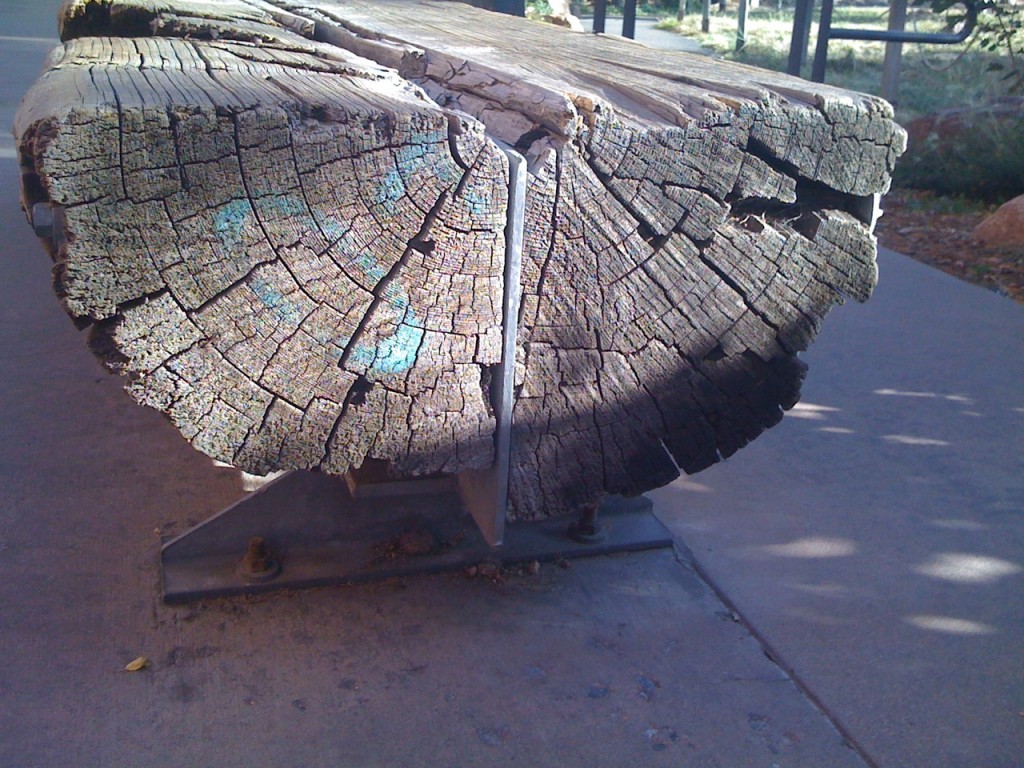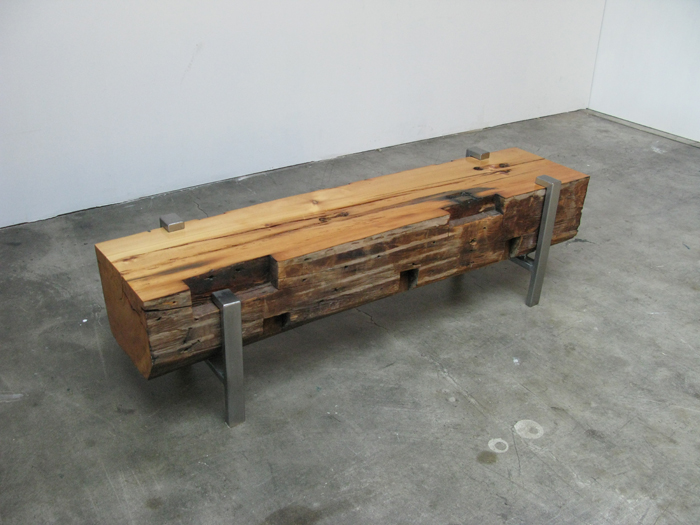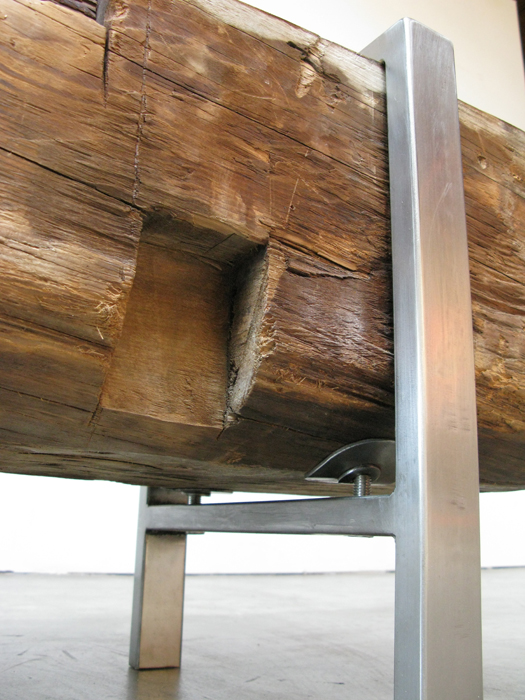Old vs. modern. I don’t think they’re mutually exclusive — especially since modernism took root in the 1920s if not earlier. Old can be very modern, at least in principle. An example…
Last October, David, Bix and I spent a few days in Denver — loving that city a little more every time we go. In search of great sushi, we stumbled onto the amazing REI Flagship store, which rubs elbows with the Greenway Trail, South Platte River and Confluence Park. REI is located in a drop-dead gorgeous Tramway Power Company Building built in 1901. It’s an excellent example of sustainable development, in which historic preservation, adaptive reuse and social responsibility combine to create something the city can take pride in.
Take a quick peek at the inside — it’s mind-blowing.
Enough background. Outside the REI building, I saw a few of these:
Ancient. Rustic. Beautiful. Not modernist per se and yet in my eyes modern. An example of reuse that’s completely in keeping with its sustainably inspired environment. I think the simplicity of the steel and the bolts works well… Nothing fancy here.
So would a super organic bench hewn from an old log work in the context of a “modern” house like ours? I say yes. Maybe not inside as we’re really taxed for space, but outside, absolutely.
When I see the word modern, I think of an aesthetic that embraces not just the past — not just modernist icons like Le Corbusier and the Eameses, among many — but what also makes sense now. Beyond simplicity of form and a focus on function, modernism has always celebrated a connection to nature. That deep respect for the environment makes more sense than ever.
Then there’s this, which I just came across today…
Similar to the bench outside REI but a more refined interpretation. Instead of a log, the wood was taken from 19th century wooden beams. Imperfectly gorgeous and another great example of reuse. The steel that holds it off the floor is more stylized but still simple, unadorned, absolutely modern.
Turns out BILT, the designers of this bench and other drool-worthy furniture, is from Providence. You’ll find more about BILT’s work here and here. They take commissions. Uh-oh.
* * * * *
UPDATE 02/16 | It’s been less than a week since I posted this and suddenly their website and their etsy shop are empty. What up?!
Tags: adaptive reuse, environment, furniture, historic preservation, Le Corbusier, modern, modernist, Providence, sustainable



